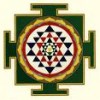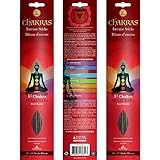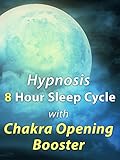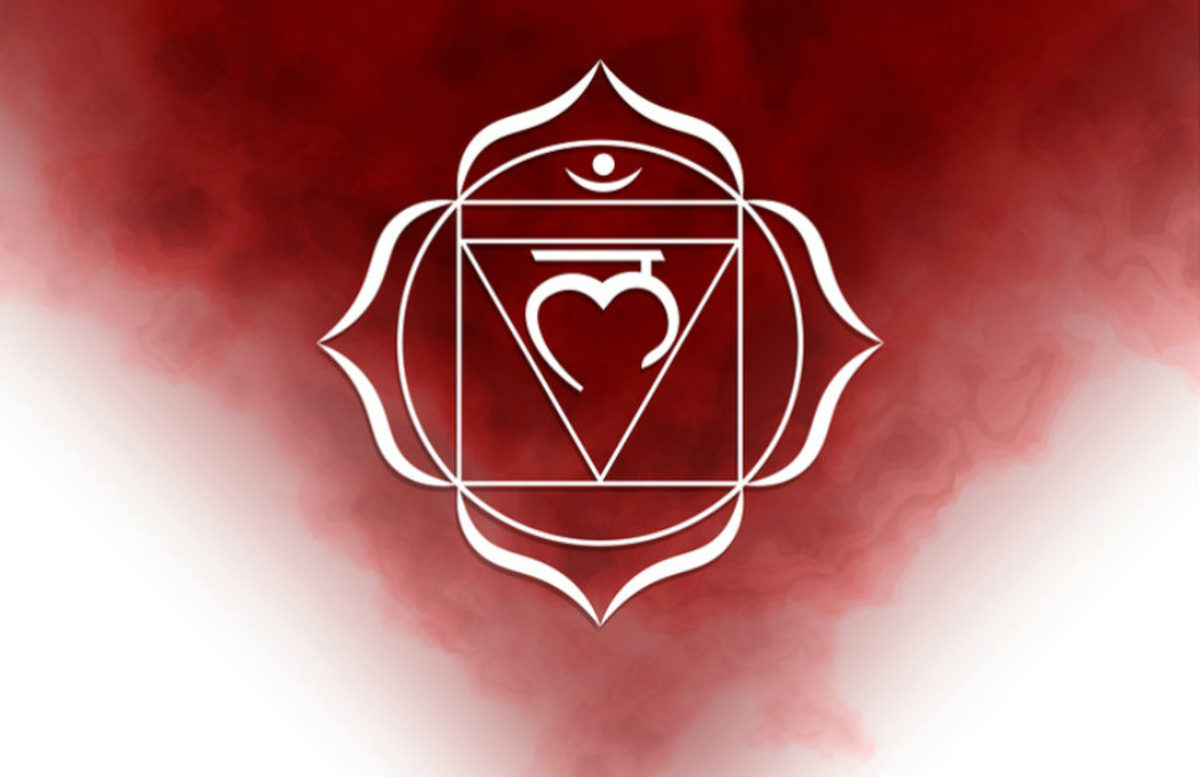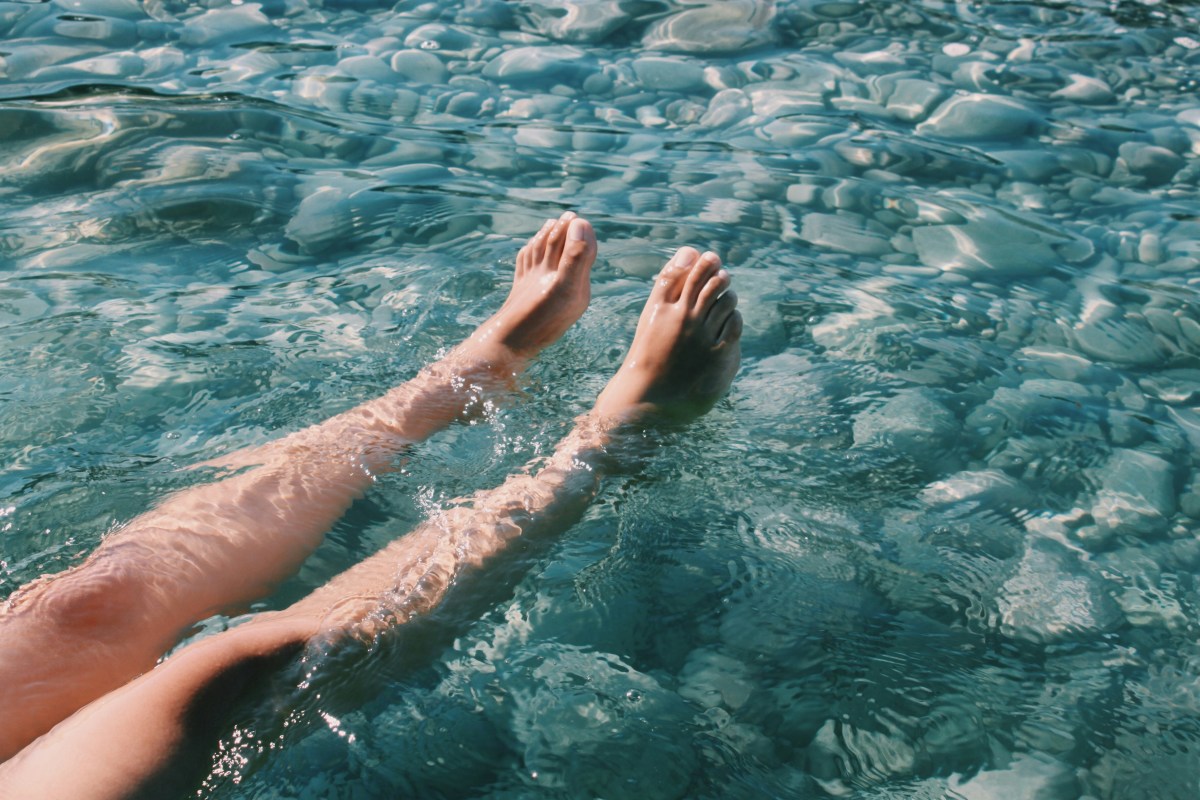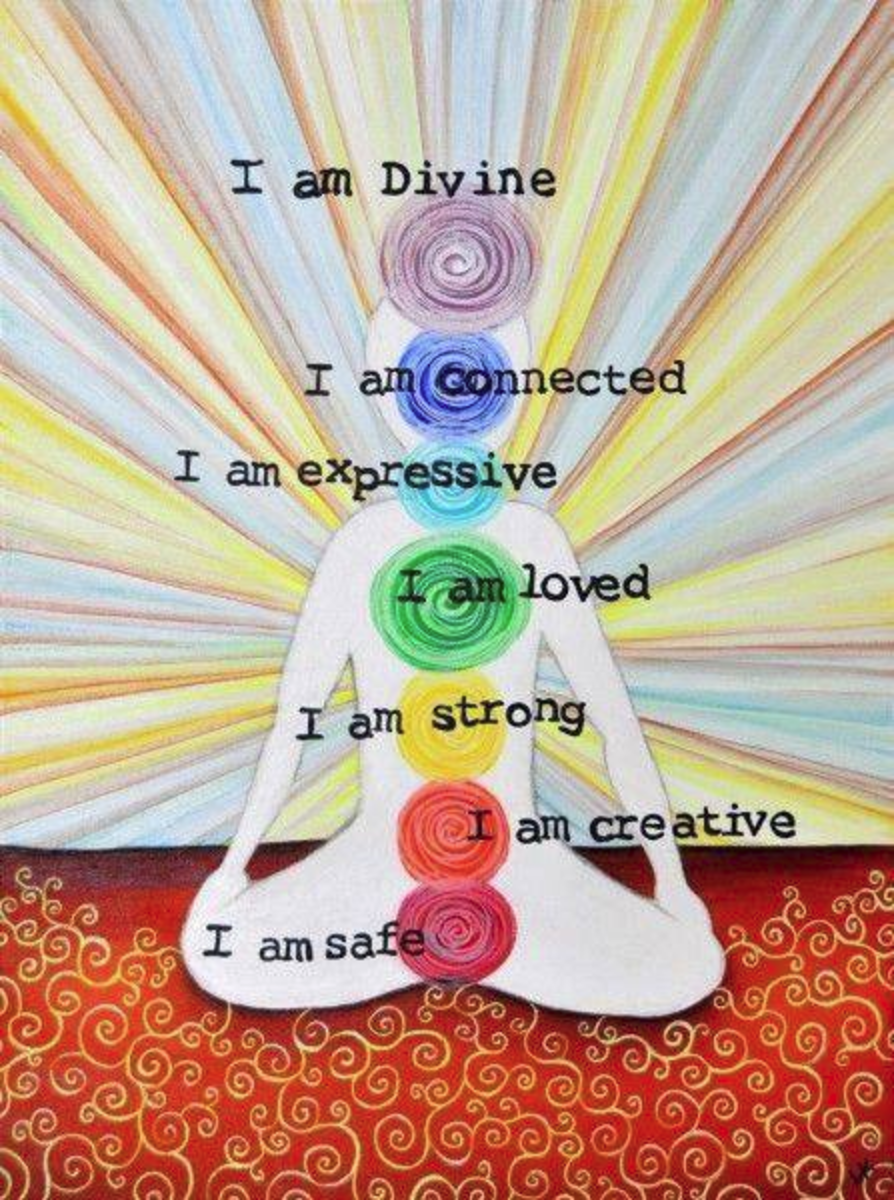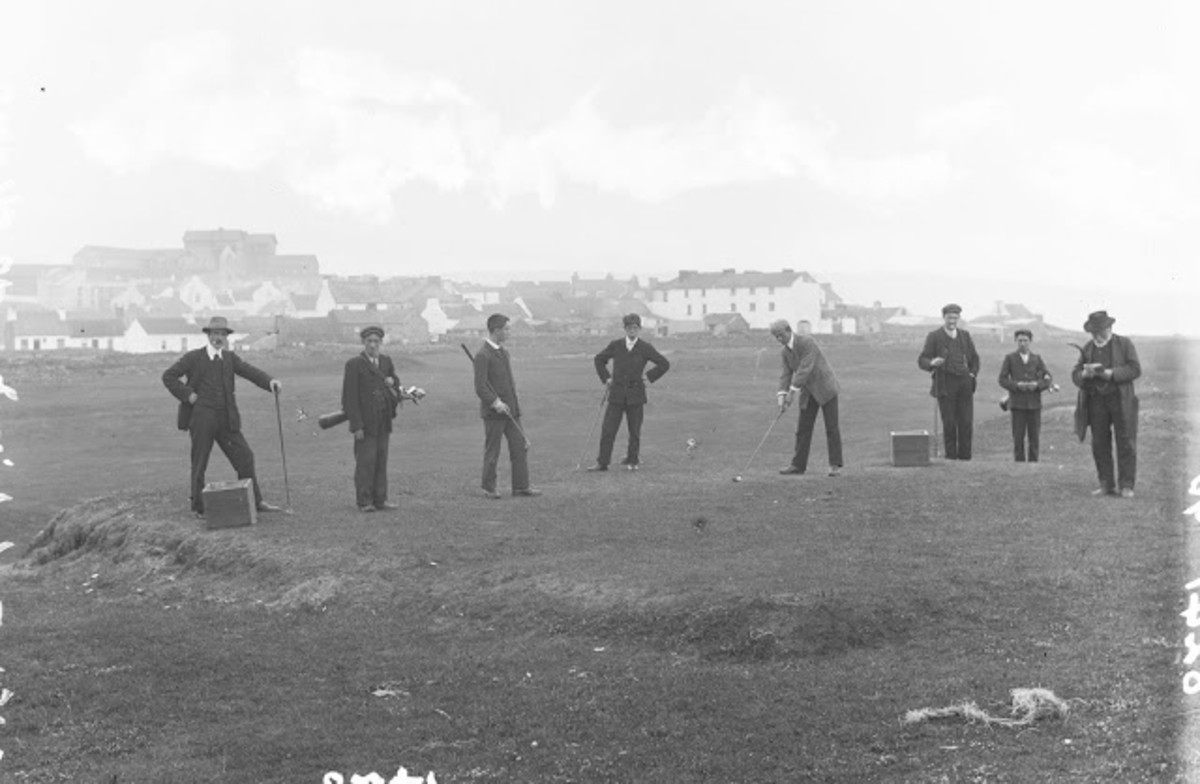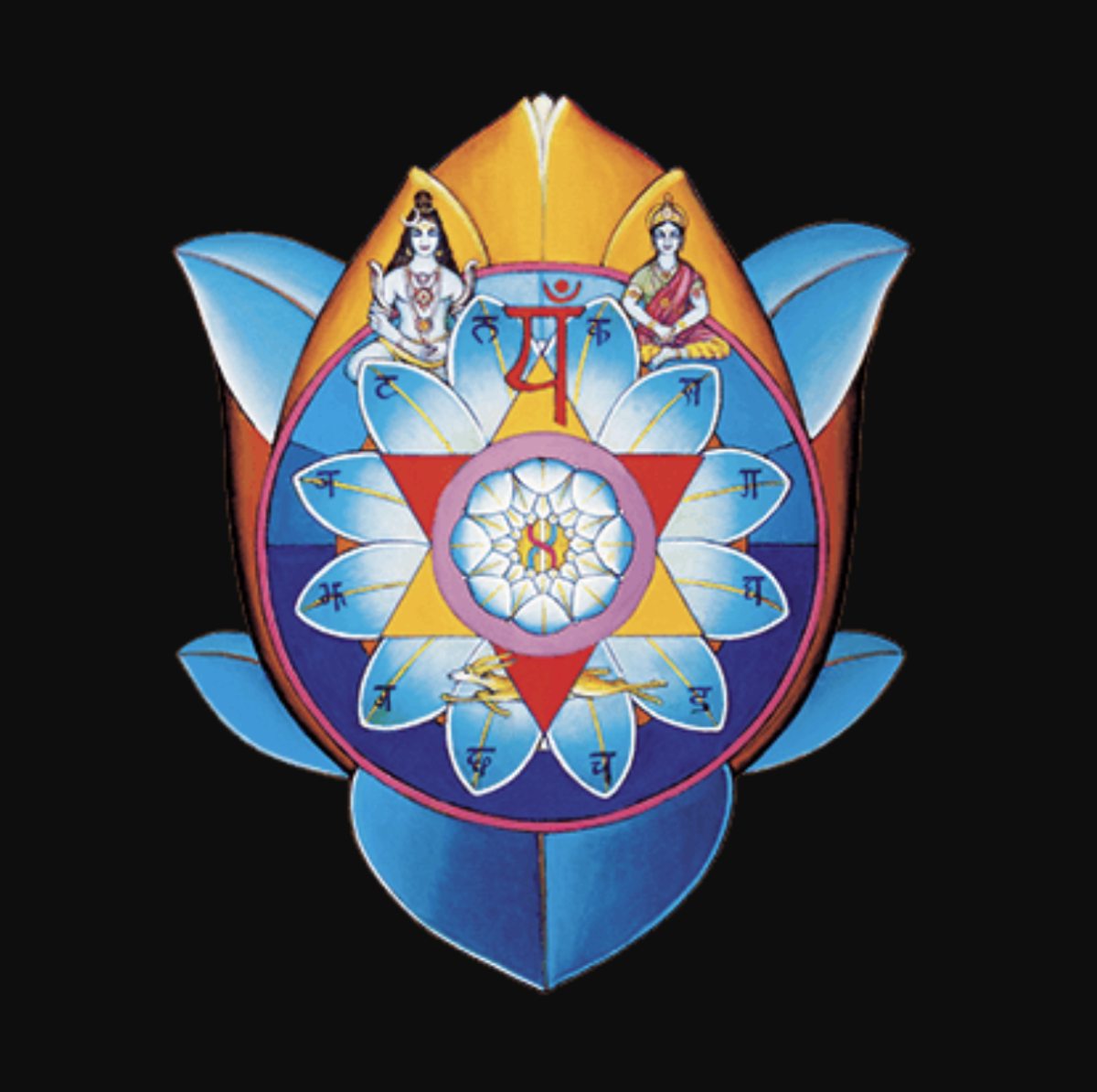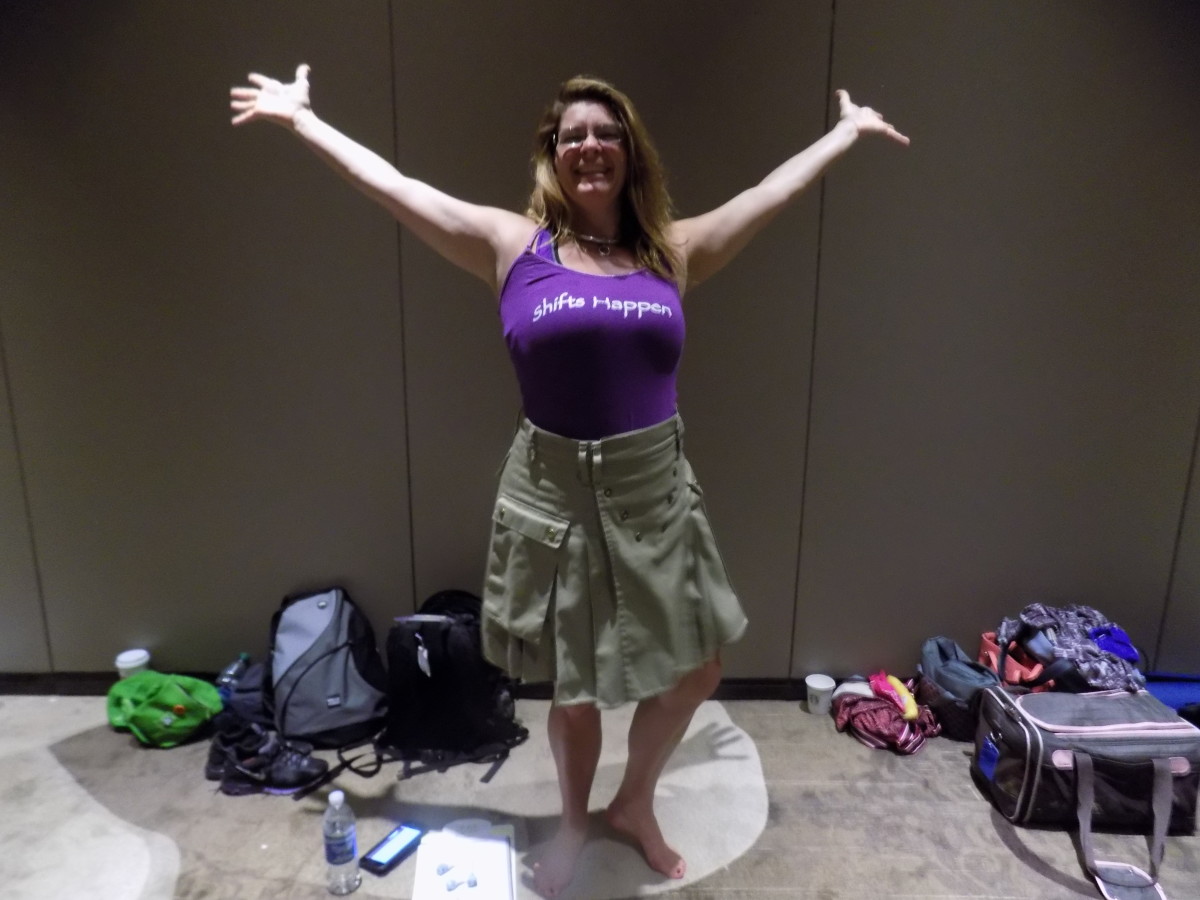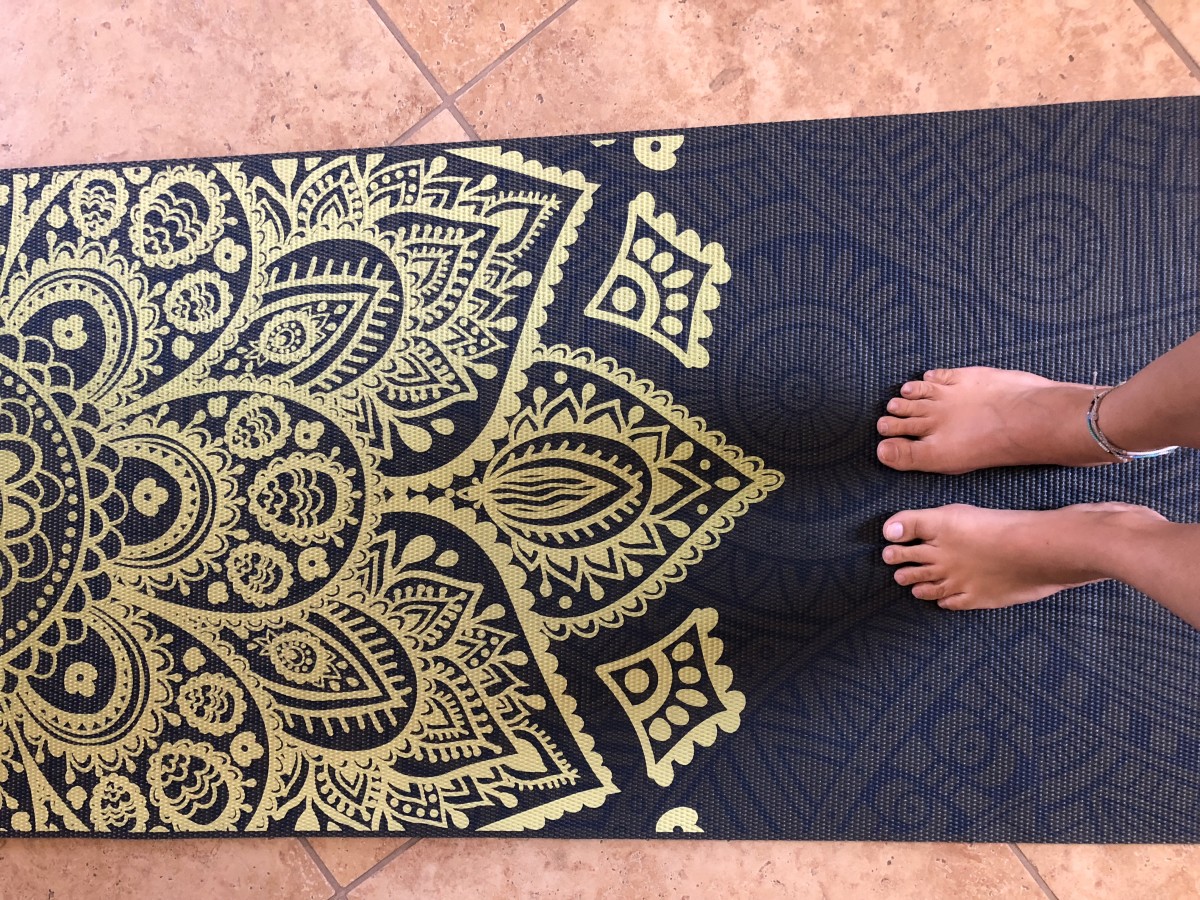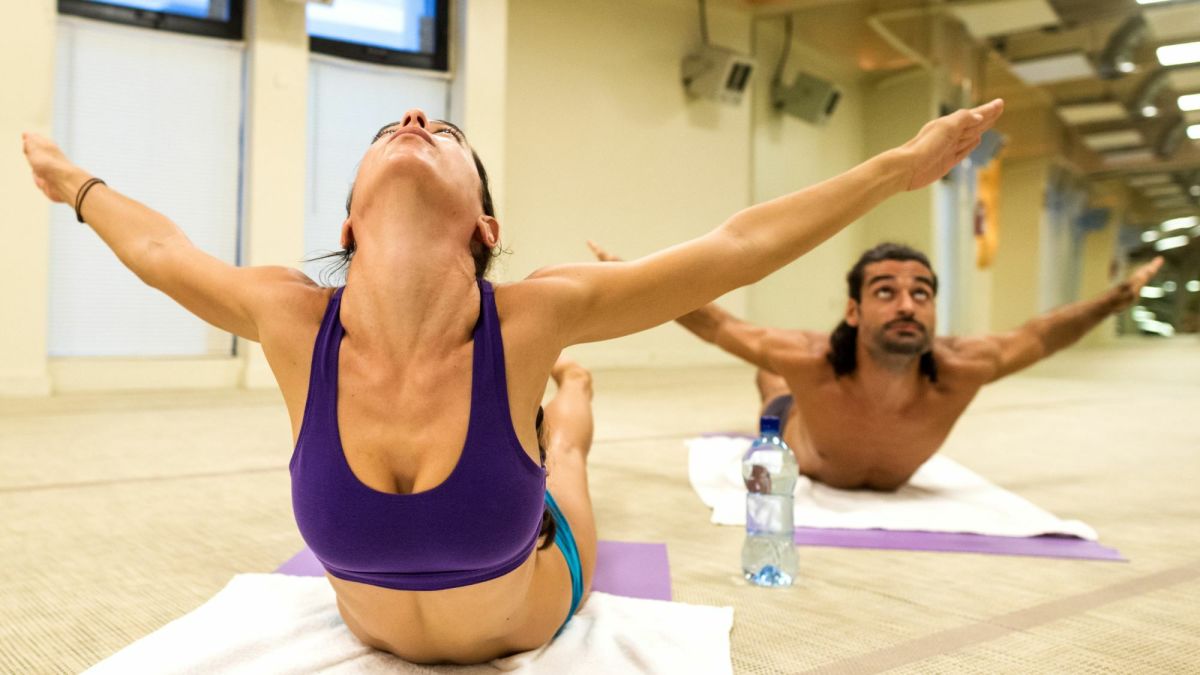Muladhara the Root Chakra
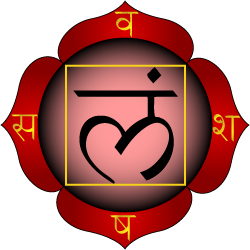
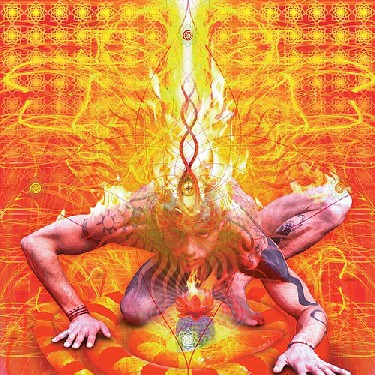
Muladhara, the First Chakra
Among the seven primary chakras the muladhara chakra is first. Its name means root support. It symbolizes the beginning of life and the element of earth. Situated at the base of the spine it lies between the anus and the reproductive organs, just below the kanda, a junction where sushumna nadis, pingala and ida unite. It is four fingers wide and two fingers above the anus and two fingers below the genitals.
The Muladhara is represented as having four petals which correspond to the psychological states of natural pleasure, blissfulness in concentration, greatness of joy and delight in controlling passions. Earth is represented by the square, while the four directions are represented in the four dimensions. The downward movement of energy and the three main nadis are represented by the downward pointing triangle. The mantras on the petals are wa and sa arranged from the right to the left.
The seat of the coiled kundalini is the muladhara chakra it is an essential female energy force or shakti. The kundalini serpent is coiled around the lingam. This chakra is the foundation and root of all awareness and growth of divine man. Red, yellow and gold are the colors associated with this chakra. It is the pleasure center of the physical body. The bija mantra, Lamn or Lang, corresponds to this chakra.
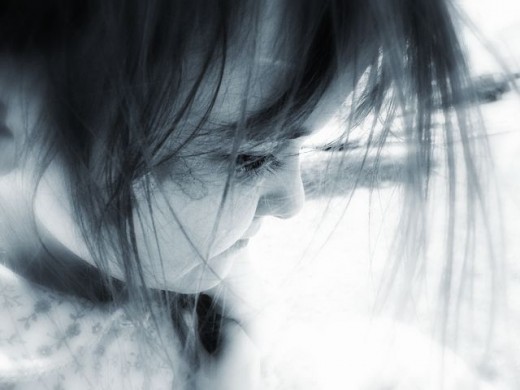
Muladhara - The Base Chakra
Chakra- Muladhar(Base Chakra)-sound and visualization - 1
Characteristics of the Muladhara Chakra
Innocence is the fundamental quality of this chakra. It is the quality in which we experience pure childlike joy with no limitations or conditioning or prejudice. It is the inner wisdom of dignity, balance, direction and purpose of life that sometimes gets clouded by our modern lifestyles. It is an inner quality that cannot be destroyed and waits to manifest as pure joy as the kundalini rises.
This chakra manifests purity, simplicity, balance and other good qualities. When this chakra is awakened and nourished the associated earth element is a magnetic force within an individual.
The adrenals, anus, bones, teeth and nails, kidneys, prostate, lower digestive functions, excretory functions and sexual activity of the human body are governed by this chakra.
There are various results of a dysfunctional Muladhara, these include:
- Aids
- Fear
- Rage
- Anger
- Cancer
- Herpes
- Arthritis
- Obesity
- Amnesia
- Sciatica
- Candida
- Tiredness
- Alienation - Poor sleep
Relaxation exercise, calm meditation, breathing techniques, tai chai and simple yoga asanas are useful techniques that help you achieve balance of this chakra.
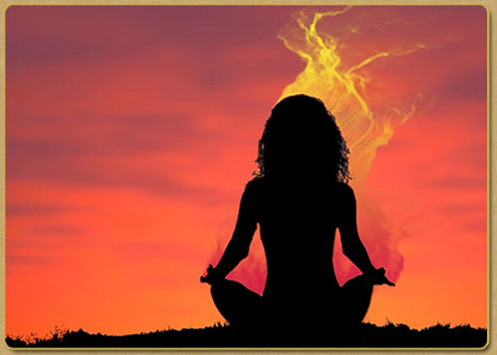
Muladhara Chakra Meditation
Begin meditation by sitting in a comfortable position. Close your eyes and breathe deeply from the nose both inhaling and exhaling. Focus on the first chakra. Then begin breathing in and out from this chakra. Visualize the Red dakini. Take her into your heart and seek union with her in any manner you choose. To awaken the kundalini shakti which is everywhere you should enjoy the simplest of pleasures. Meditate on anything red and soothing, such as a red ruby or rose.
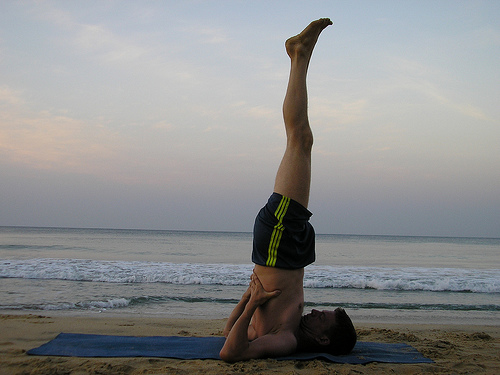
First Chakra Yoga Asanas
In hatha yoga, the warrior poses are very empowering for the first chakra. They require strength and grounding through the feet and legs. The root chakra is awakened by seated poses such as padmasana the lotus and the thunderbolt of vajrasana. Squats and wide leg postures energize this chakra as well.
This chakra benefits from other postures such as:
- Shirsasan
Kneel with only the toes and knees touching the ground. Sit back between your heels. Stooping forward raising the haunches from the heels, bend your arms, placing your hands, forearms and elbows on either side of your head. Interlace your fingers around the back of your head for this exercise. Bring your elbows inwards making an angle in front of you. Now perpendicularly bend your head down, placing the hindquarter of your crown onto the pad while pressing back on your head. Straighten your legs after raising your knees, hips and lower trunk. Bring your feet together and then drag them slowly towards your face and balance on tiptoe. Keep the knees close to the chest, pressing your toes, elbows, forearms and head against the ground. Gently kick and lift your feet up off of the floor, while keeping your trunk perpendicular and legs horizontal to the floor. To maintain balance keep your feet together. Fold your legs backwards onto your thighs. You will raise your folded legs and thighs until your thighs are parallel to the floor. Open your legs while stretching them upwards. To maintain balance bring your legs together.
- Sarvangasan
Begin by laying on your back with your arms at your sides with palms down and legs, heels and big toes together. Press your palms and elbows down while keeping your knees straight. Inhale while raising your legs until they are perpendicular to the floor. While exhaling increase the pressure to the palms and elbows against the floor and raise your hips and lower back up off the floor and then move your legs towards your head. Next you will place your palms beneath your hips to prop the trunk and legs. Slide your palms higher on your trunk. Continue pressure on the hips and small of the back higher. Raise your entire trunk off the floor until it is vertical, while doing this you will slowly move your legs back to the vertical position. Use your elbows, forearms and palms to support your raised trunk and legs by placing your palms at the back of your ribs. Sliding your palms higher and higher raise your hips and legs until they are in a straight line. Form a chin lock by pushing your chest forward towards your chin. Keep your balance while fixing your gaze on your big toes.
- Halasan
Exhale slowly while pressing your palms to the floor, raise your buttocks, hips and lower back up off the floor. Move your legs lower, right over your head without bending your knees, touch your toes to the ground near your head. Slide your toes together until they are straight, while extending the curve of your spine. Exhale slowly while straightening the legs and sliding the toes away from the head until the lower thighs are opposite the forehead. Form a chin lock by pressing your chin against your chest. Slowly move your arms until the rest upon the floor on either side of your head. All the while your clasped hands are encircling the top of your head. Exhale while sliding your toes as far forward away from your head as you comfortably can.
- Uttanasana
Try to touch your nose to your knee by standing straight and slowly bending your hands in front of you while trying to touch the ground and not bend your knees.
- Ardha shalabhasana
You will lay face down with your legs straight and together. Keep your arms stretched back along your sides. Raise your head a bit and place your chin on the floor. Make a fist and place them on the floor facing upwards. Press down on your fists while raising your left leg backwards and up as far as possible while keeping your leg outstretched and straight. Maintain this position for five seconds while holding your breath. Slowly exhale while pressing your fists down and lowering your legs without bending your knees. Repeat on the opposite side.
- Wheel Chakrasana
Lay on your back with your feet suitably apart with your hands palms down at your sides. Fold your legs with your heels touching your buttocks while keeping your feet flat on the floor. Bringing your hands backwards you will place them on the sides of your head. Your palms and fingers will rest flat on the floor directed in reverse beneath their corresponding shoulders. Inhale while pressing down on your hands and feet while simultaneously raising your shoulders, thighs, hips, abdomen and trunk from the floor. Arching your back and neck you will rest the crown of your head on the floor. Support your body weight with your feet and hands while slowly and simultaneously raising the hips, thighs, trunk, abdomen, shoulders and head as far as is comfortable. Keep your elbows straight while bending your body backward allowing your head to drop backwards between your shoulders.
- Pranayamas
You can relax this energy with deep abdominal breathing while in the incomplete rabbit posture. Similar to the child’s pose excepting that the head is raised with elbows in front of the knees and the forearms extended forward, palms flat. Kapalabhati is one of the rapid breathing exercises that stimulate your root chakra. These breathing techniques involve rounds of 60 to 120 breaths of rapid pumping. Heat builds in the lower belly and rises up through the spine and across the crown of the head when the abdomen expands.
